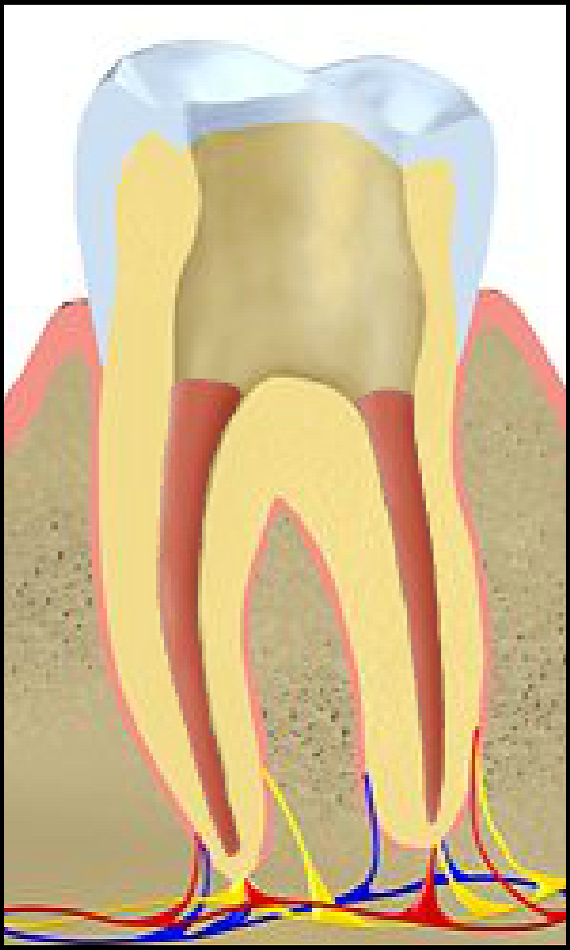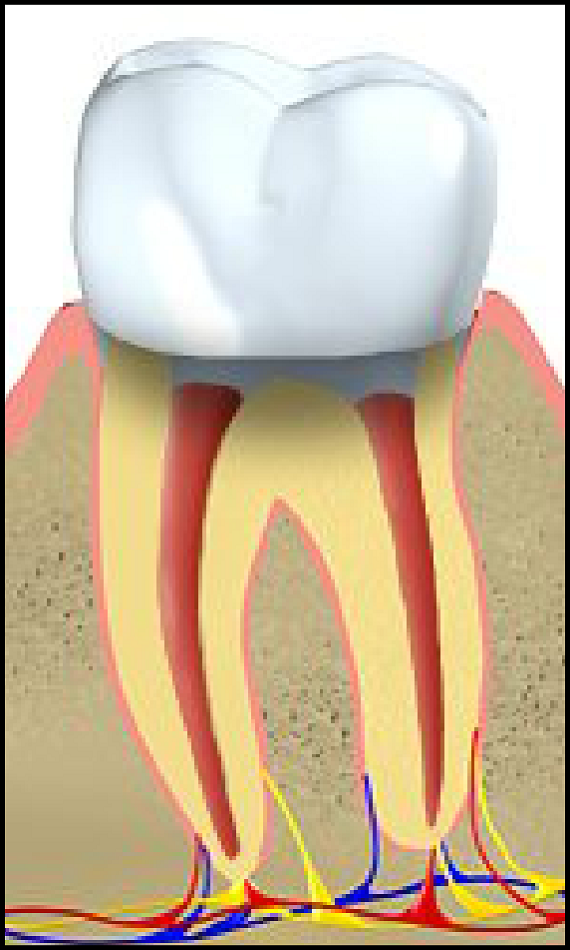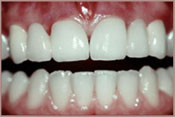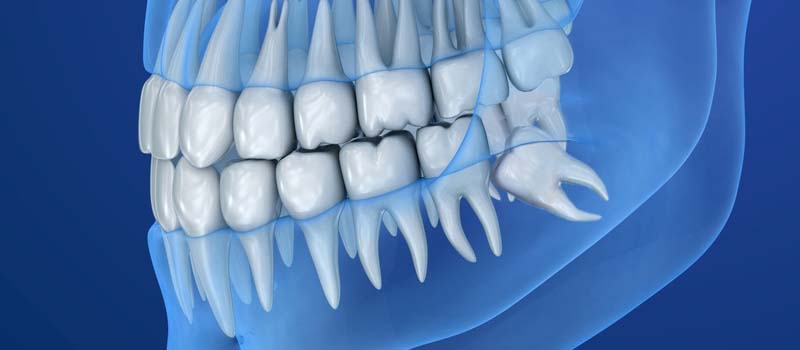General Treatment
Your Go-To General and Cosmetic Dentist in Livonia, MI
The practice of Dr. Jeffrey Forrest, DDS happily offers a wide range of available dental services in order to more effectively serve all our patients — we can even typically provide every type of dental service without having to refer you to outside specialists! This flexibility saves you time and keeps your total dental care within one practice with your Novi dentist of choice. Our practice emphasizes total preventive care for our patients, which begins with regular hygiene visits, check-ups, and continued home oral health routines.
Our practice also provides the highest-quality services for restoring mouths that have been damaged by dental disease and injury, as well as common problems that require cosmetic dentistry. As your Livonia dentist, our primary goal for our patients is to achieve and maintain optimum oral health for life through advances in techniques and technologies, and by maintaining scheduled dental exams.
Fillings | Root Canals | Tooth Extractions | Crowns and Bridges
Fillings
Sometimes, despite our best efforts, damage can occur to our teeth which can require a filling to be completed by your Novi dentist. The purpose of a filling is to replace and restore your tooth structure that has been damaged due to decay or fracture. We achieve this by replacing old, broken-down amalgam or metal fillings — that contain traces of mercury — with white composite fillings that restore your smile and teeth to a more natural look and feel, while preventing further damage to your tooth.
With today's advancements, patients no longer have to suffer the embarrassment of unsightly and unhealthy silver/mercury fillings, or metal margins of the past. Eliminate the dark, black appearance in your teeth with discreet, state-of-the-art resin or porcelain filling materials.


Root Canals
A root canal is a procedure performed by your Novi and Livonia dentist that extracts decayed pulp from the central part of the tooth, reshapes the canal, and replaces it with strengthening filler.
A cavity is the result of superficial decay of the outermost layer — the enamel — of the tooth. Left long enough, this decay can burrow further into the deeper reaches of the tooth, causing extensive and painful damage to your tooth structure. When the damage goes beyond what can be treated with a filling, your dentist in Novi can perform a root canal (or endodontics), preserving the tooth and retaining its original integrity; thereby, saving a tooth that in the past would have to have been pulled.
This procedure involves:
- The patient undergoes anesthesia.
- A dental dam is used to isolate the tooth.
- The tooth is opened to allow for removal of infected or dead dental pulp.
- The tooth is comprehensively cleaned, including any cracks and canals.
- With special tools, the doctor reshapes the canals.
- The tooth is filled again with cutting edge biocompatible filling material.
- A temporary covering is used to cover the access opening.
- Patients must see their regular dentist quickly for a custom restoration of the tooth.
Introduction
Menu
A root canal is used when the pulp of the tooth is infected. This can result from many circumstances, such as deep tooth decay or a blow to the tooth. During a root canal, we will extract the decayed pulp from the central part of the tooth, reshape the canal, and replace the pulp with strengthening filler.

The patient will undergo anesthesia, and a dental dam will be used to isolate the tooth.

The doctor thoroughly cleans the tooth, including any cracks and canals, and makes an opening in the rootCanal.

Using special tools, the doctor removes the infected or dead dental pulp and reshapes the canal.

After the canal is clear, the doctor fills it with cutting-edge biocompatible filling material that's held in place by adhesive cement.

The tooth is then closed with a temporary covering/filling.

Once the doctor knows that the treatment was successful, the temporary covering/filling is replaced with a permanent one. Depending on the tooth's condition and position, it might also be rootCanaled.
Tooth Extractions
General Extractions
An extraction is the complete removal of a tooth by your Livonia dentist. Extractions are sometimes necessary if a primary tooth is preventing the normal eruption of a permanent tooth, if the tooth has suffered extensive tooth decay or trauma that cannot be repaired, if the patient has gum disease, or if the tooth is impacted (usually the wisdom teeth). Depending on the complexity of the case, an extraction can be performed surgically or non-surgically by your Novi dentist. A mild anesthesia is used to ensure the patient is as comfortable as possible throughout the procedure.
Wisdom Teeth
Your third molars — more commonly called "wisdom teeth" — usually begin appearing in the late teens or early twenties. Unfortunately, wisdom teeth often lack the proper space in the jaw to erupt fully, or even at all, in some cases. This common condition is called impaction. When any tooth lacks the space to come through or simply develops in the wrong place within your jaw and becomes impacted, problems can arise — primarily, damage to adjacent teeth and crowding can occur.
In certain cases, the wisdom tooth that cannot come through becomes inflamed beneath the gums and in the jawbone, causing a sac to develop around the root of the tooth that then fills with liquid. This can cause a cyst or an abscess if it becomes infected. If either of these situations go untreated, serious damage to the underlying bone and surrounding teeth and tissues can occur.
To potentially stave off this result, an extraction of one, several, or all of the wisdom teeth may be advised by your dentist in Livonia. Should that be the case, our practice has the equipment and training necessary to perform such extractions with a little discomfort as possible. If you'd like to learn more from your dentist, Novi's practice of Dr. Jeffrey Forrest would be happy to provide more information regarding tooth extractions.
Wisdom Teeth
Sub Title
Crowns and Bridges
Crowns
A crown is a custom-made covering that fits over an original tooth that is either decayed, damaged, or cracked. Crowns are made using a variety of different materials, such as porcelain, gold, acrylic, resin, or a mix of these materials. Porcelain generally has the most natural appearance, although it is often less durable.
The treatment plan for a patient receiving a crown involves:
- Numbing the tooth to remove the decay in or around it.
- Re-sculpturing the tooth to provide an ideal fit for the crown.
- Making an impression of your teeth in order to create a custom-made crown (usually takes one to two weeks).
- Making a temporary crown out of acrylic resin and fitting it onto the tooth during the interim period when the custom-made crown is being created.
- Applying the crown (when received from the lab) by removing the temporary crown and fitting the custom-made one onto the tooth.
- After ensuring that the crown has the proper look and fit, the dentist cements it into place.
This process generally consists of a minimum of two to three visits over a three to four week period. Once the procedure is completed, proper dental hygiene — including daily brushing and flossing — is required to maintain healthy, bacteria-free teeth, gums and crowns. This aids in the prevention of gum disease, which can wreak havoc on your oral health. Given the proper care, your crowns are capable of lasting a lifetime.
Bridges
A bridge is a dental device that fills an empty space that a tooth previously occupied. A bridge may be necessary to prevent:
- Shifting of the teeth that can lead to bite problems (occlusion) and/or jaw problems and resultant periodontal disease.
- Bridges safeguard the integrity of existing teeth and help maintain a healthy, vibrant smile.
There are three main types of bridges, namely:
- A fixed bridge is the most popular and consists of a filler tooth that is attached to two crowns, which fit over the existing teeth and hold the bridge in place.
- The "Maryland" bridge is commonly used to replace missing front teeth and consists of a filler that is attached to metal bands that are bonded to the abutment teeth. The metal bands consist of a white-colored composite resin that matches the existing tooth color.
- The cantilever bridge is often used when there are teeth on only one side of the span. A typical three-unit cantilever bridge consists of two crowned teeth positioned next to each other on the same side of the missing tooth space. The filler tooth is then connected to the two crowned teeth, which extend into the missing tooth space or end.


Talk to Your Novi and Livonia Dentist Today
If you're on the hunt for a reliable dentist, Novi local Dr. Jeffrey Forrest, DDS is here to help. Our practice offers an impressive range of both general and cosmetic treatments, so that we can effectively treat the unique dental situations of each of our patients. If you have any questions or you're ready to schedule your appointment, please don't hesitate to contact us today. We look forward to seeing you soon!



